Ever looked at a stubborn rash or an intense itch and wished for a magic fix? That’s where Aristocort comes into the picture for millions. This cream, widely prescribed by dermatologists in Manchester and across the UK, promises quick relief from fiery skin issues. But, as with every "miracle" solution, there’s plenty to unpack—what does it really do, does it come with strings attached, and how do you use it without turning your skin into a horror show? Yes, corticosteroids work wonders, but they aren’t just like any over-the-counter lotion. Many people think ‘doctor-prescribed’ means risk-free, but Aristocort’s power cuts both ways. I’ve seen firsthand how confusion and misuse can turn something helpful into a real problem. So, what’s the truth hiding beneath that beige tube of cream?
What Is Aristocort and How Does It Work?
Aristocort is the go-to name for triamcinolone acetonide, a medium-strength corticosteroid cream or ointment. Doctors turn to it when regular moisturisers or mild creams just can’t handle eczema, psoriasis, dermatitis, allergic rashes, or even insect bites. Aristocort tackles redness, swelling, and itching by calming your body’s wild immune response. When your skin throws a fit—in the form of rashes or those pesky red patches—Aristocort steps in and tells your immune system, ‘Cool it down for a bit.’
Unlike basic moisturizers, this medication changes how skin cells behave. Imagine your skin as a football pitch: inflammation means chaos, players running everywhere, the crowd in a frenzy. Triamcinolone—the power inside Aristocort—acts like a referee, calling fouls and restoring peace so healing can start. It does this by blocking certain chemicals (cytokines and prostaglandins) in your skin that cause scratching, peeling, and discomfort. Recent research from the British Association of Dermatologists also backs up its effectiveness for short-term flare-ups, especially when other treatments have failed.
That said, Aristocort isn’t a one-size-fits-all fix. It’s made in several strengths—0.025% up to 0.5%—so your doctor chooses based on how thick your skin is in the affected area. (For example, thicker skin like the elbows or knees might need stronger stuff, while your face, with thin skin, usually takes the lowest dose possible.) Even the way you use it matters. A thin layer, spread gently in the right spot, gives you control without soaking your whole system in steroids. Easy to see why both GPs and dermatologists rely on it, but it needs precision and respect.
Here’s a little fact that surprises some people: In the NHS, triamcinolone use is tightly regulated, and it’s usually not the first line of defense. Only after milder steroids don’t work—or for stubborn patches—does Aristocort get its call-up. In 2024, NHS statistics showed over 1.2 million scripts written for medium-potency corticosteroids, and Aristocort remains firmly in that list. Still, that doesn’t mean you should reach for it at every itch; doing so can end up backfiring in the long run.
When and How to Use Aristocort Safely
If you’ve been given Aristocort, knowing how to use it safely is more than half the battle. Loads of folks make the mistake of thinking “more cream means quicker healing”—nope. Only a very thin layer is needed—enough to just cover the area. The British guidance uses the ‘fingertip unit’ rule: squeeze out the cream from the tip of a squeezed tube to the first crease of your index finger. That’s typically enough to treat a patch of skin twice the size of your flat hand.
Your doctor should tell you for how long to use Aristocort. Most prescriptions run for 7 to 14 days, usually not more, and certainly not on your face or private areas without direct medical advice. Overusing it here can thin the skin and make things worse, or even cause what’s called perioral dermatitis (a spotty rash around the mouth). Kids, pregnant women, and elderly folks need extra caution—kids’ skin absorbs more medication, so they’re at bigger risk for side effects.
Wash your hands before and after using Aristocort cream. Don’t let it near your eyes, mouth, or broken skin. If a doctor says to use it under a dressing or plaster, follow that precisely—doing this on your own can lead to overdosing through increased absorption.
Want a handy reminder? Here are some quick DOs and DON’Ts for using Aristocort:
- Do apply the thinnest layer needed.
- Do keep a diary of flare-ups and treatment, especially if you’re new to corticosteroids.
- Don’t use it for more than two weeks without asking your doctor.
- Don’t use it as a moisturizer—it’s medicine, not a daily cream.
- Don’t share it with others, even if they’ve got a similar rash.
Some patients notice results within a day or two. That doesn’t mean you should stop before finishing the course. Stopping suddenly, especially after prolonged use, can trigger rebound flare-ups. If you need to use it for a while, your doctor might suggest tapering the amount bit by bit to prevent sudden skin irritation.
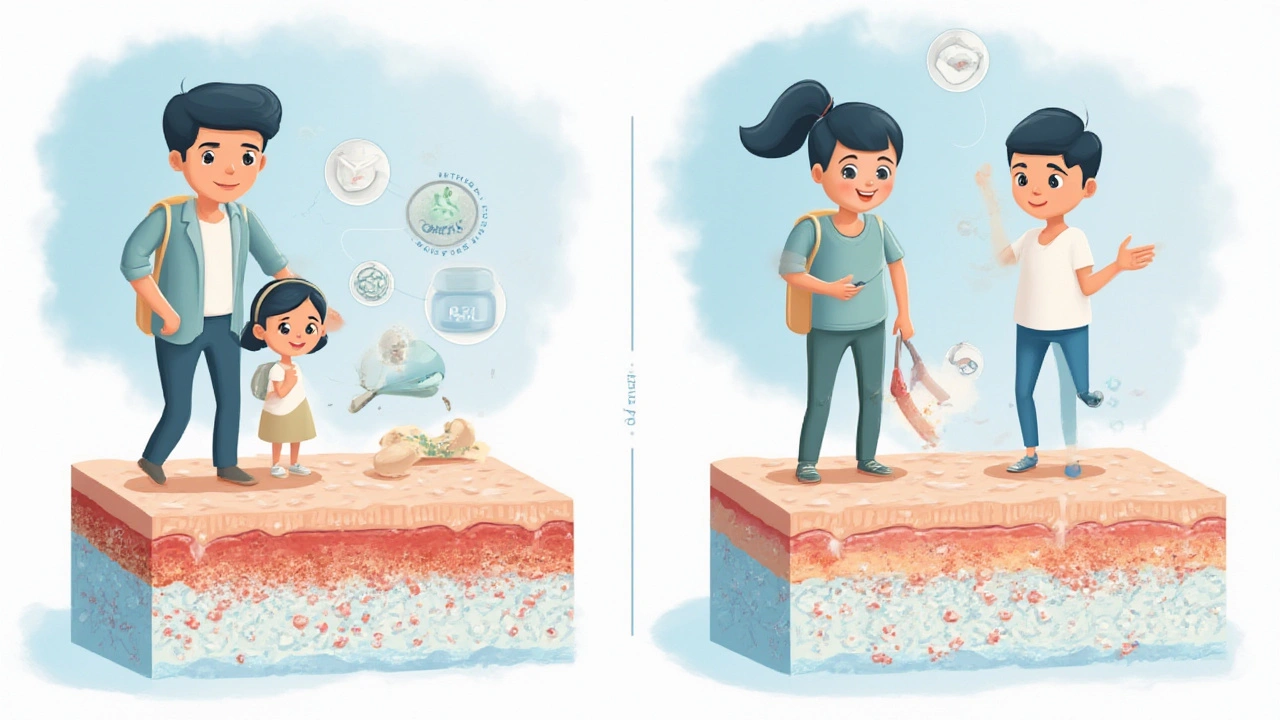
Possible Side Effects: Should You Worry?
Every good treatment has a dark side, and Aristocort is no exception. Used right, side effects are rare—misuse is usually the culprit. The most common problem is skin thinning (atrophy). After weeks of slathering it on, your skin can get fragile, bruise easily, or even show little red blood vessels known as "spider veins." Strange as it sounds, overuse can also lead to skin breaking out in acne-like bumps or cause color changes.
What few realise is that the medication can sometimes be absorbed into your bloodstream, especially if applied to large areas or under airtight dressings. That’s where more serious risks like adrenal suppression pop up—this is where your body’s natural steroid production gets dialed down. Symptoms there can be subtle. Feeling tired, weak, or noticing weight gain and swollen ankles? Don’t shrug it off. Check in with your GP.
Kids are at the highest risk for side effects since their skin absorbs more cream. Sometimes parents layer up the corticosteroid during diaper changes—don’t do that. Always ask your healthcare provider before using it on infants. Here’s a little table breaking down the most common versus rare side effects:
| Common Side Effects | Rare/Serious Side Effects |
|---|---|
| Mild irritation or itching | Allergic skin reaction (rash, blisters) |
| Dryness | Skin atrophy (thinning) |
| Acne-like spots | Adrenal suppression |
| Burning or stinging | Skin color changes |
Some people with a history of allergies or sensitive skin should talk with their doctor about alternatives. If you notice anything odd—skin getting paler, new rashes, or unexplained tiredness—don’t ignore it. As Dr. Elaine Brown from the Manchester University NHS Foundation Trust puts it,
“Topical steroids like Aristocort, when used appropriately, are safe and give patients needed relief; it’s only misuse that brings risk.”
And now for a myth buster: Contrary to what you might hear in online forums, topical steroids like Aristocort do not cause the same level of "systemic" side effects as oral steroids, unless used incorrectly for long periods. Still, stories of people abusing them do exist, so always stick to the plan your healthcare provider lays out.
Tips to Get the Most Out of Aristocort—and When to Worry
If you want Aristocort to actually help, timing is everything. Don’t start slapping it on before you know exactly what’s causing your skin issue. Sometimes, what looks like eczema is actually a fungal infection, and steroids can make those worse. Always get a clear diagnosis. If your rash changes, spreads, or develops pus, see a doctor before another dab of cream.
Keep Aristocort handy but out of reach of little kids—it looks like regular moisturizer but works very differently. Watch out for interactions with other substances, too. If you’re using other medicated creams for acne or fungal infections, spread out the applications unless your doctor says otherwise. Mixing ointments right on the skin won’t always play nice.
Here are some practical tips for everyday use:
- Store the tube below 25°C and don’t let it freeze. High heat alters its effectiveness.
- If you miss a dose, don’t double up—just get back on track with your next scheduled application.
- If irritation pops up, or things seem to get worse, don’t tough it out—contact your GP or pharmacist for advice.
- Remember: Using Aristocort for longer than advised can do more harm than good.
If you’re seeing no improvement in a week, or if your rash seems angrier, burning, or weeping more than before, stop and ask for a professional review. Every skin is a little different, and sometimes a tweak in treatment makes a huge difference.
Worried about cost? Aristocort is usually covered under NHS prescriptions, so you shouldn’t need to fork out a fortune. For those buying it privately, it’s often less expensive than other branded corticosteroids thanks to the generic options out there.
If you spend lots of time outside or have sun-sensitive skin, be careful—corticosteroids can thin the upper layers of your skin and bump up sunburn risk. Always combine treatment with a good SPF and limit direct sun during a course of this medication. That goes doubly if you live in places where sunshine tends to break through the clouds, like those rare warm days in Manchester.
Last thing: Aristocort isn’t a quick fix for every skin problem. It won’t treat infections, boils, or cold sores. Whenever in doubt, bring any tube or packaging to your GP or pharmacist so you’re not self-medicating on guesswork.
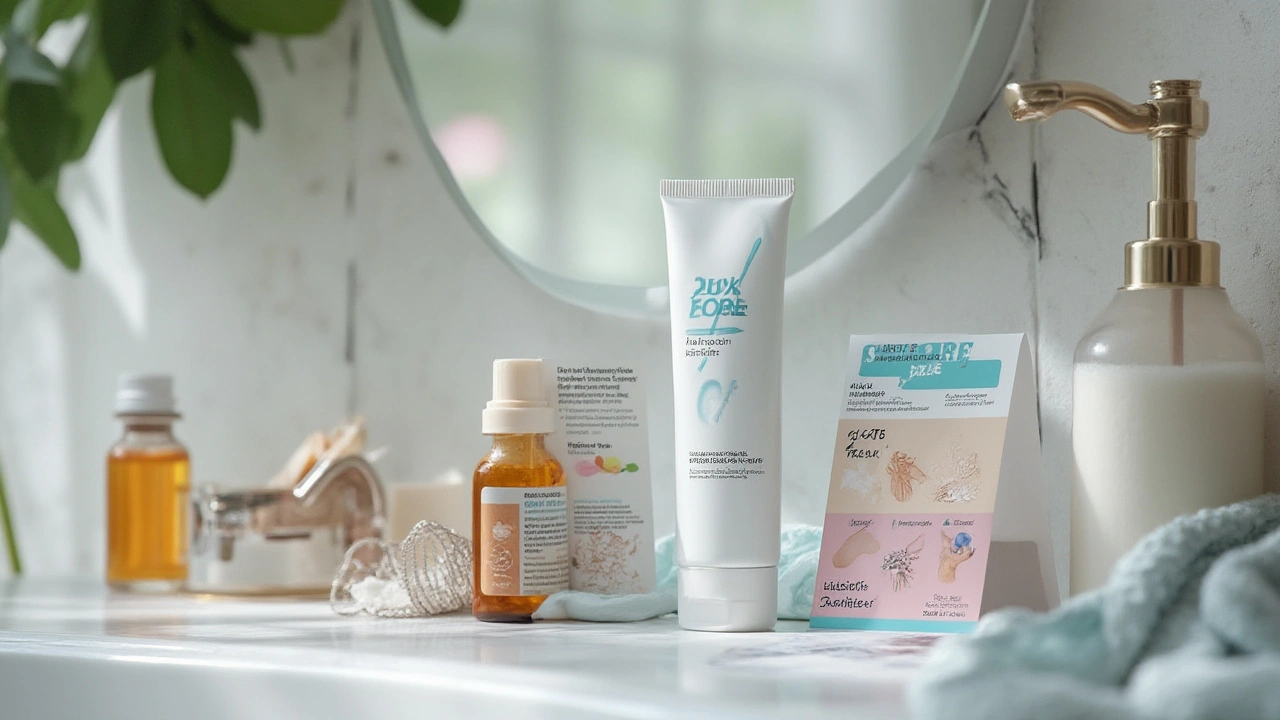


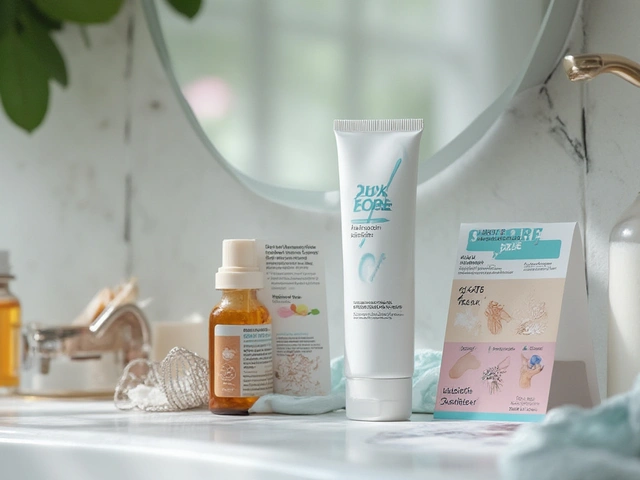
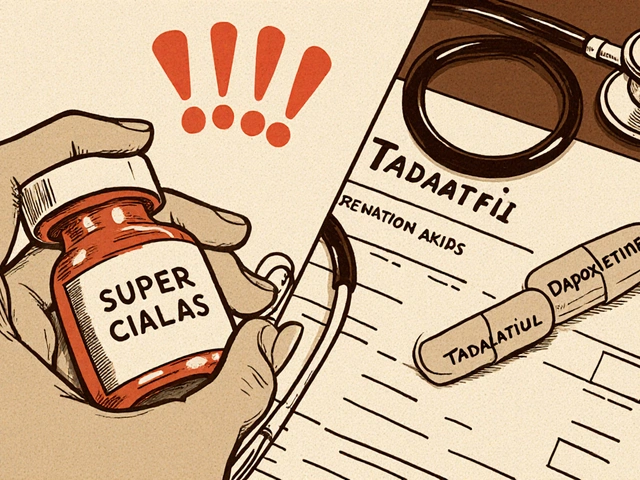
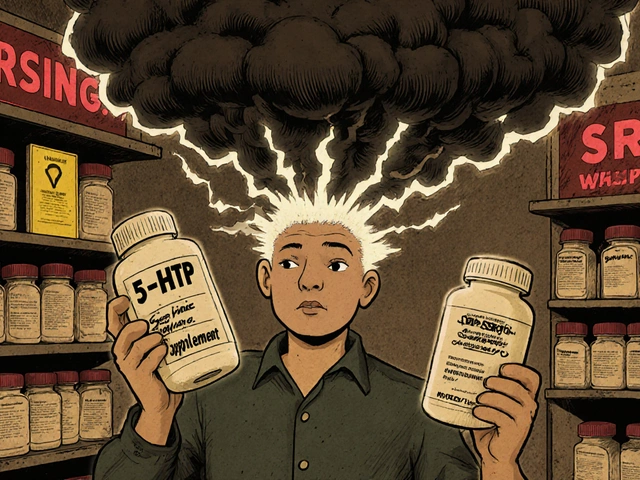


Write a comment
Your email address will be restricted to us